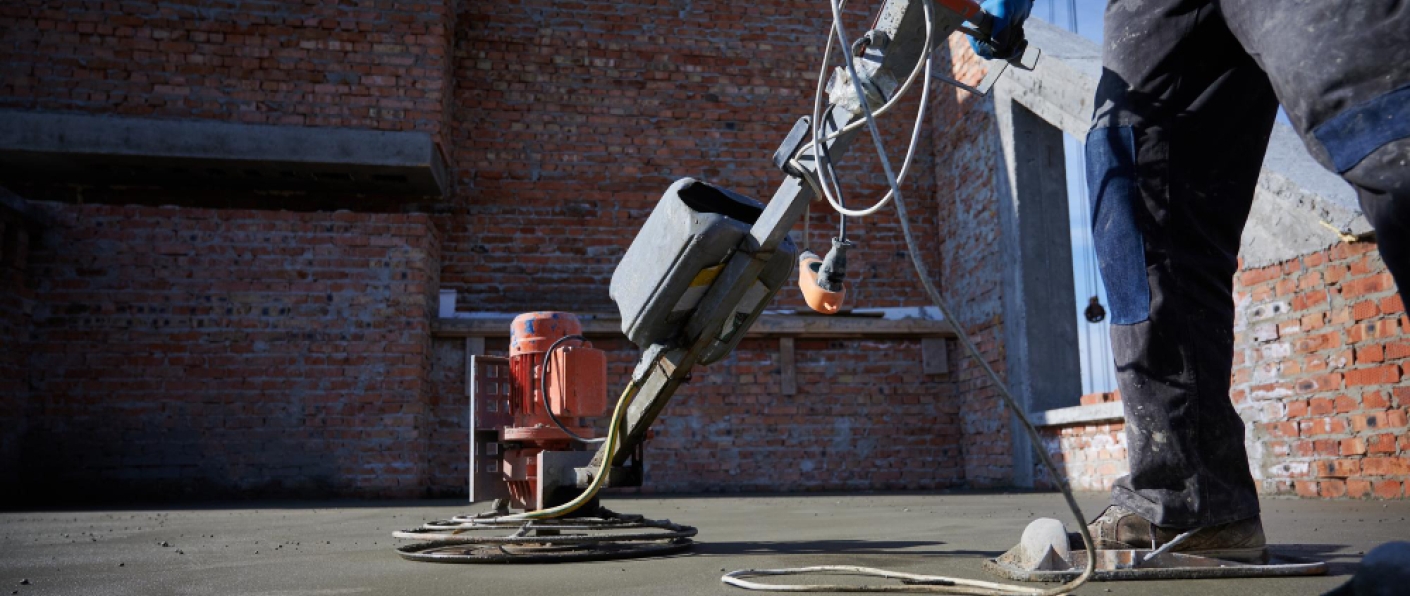- Written by: Team Vura
Environmental Benefits of Effective Waterproofing: Sustainability in Construction
Introduction
Waterproofing is a crucial aspect of modern construction, not only protecting buildings from water damage but also contributing significantly to environmental sustainability. Effective waterproofing systems extend the lifespan of buildings and reduce environmental impact in several key ways.
1. Energy Efficiency
One of the primary environmental benefits of effective waterproofing is its role in improving energy efficiency. Buildings with compromised waterproofing often experience water ingress, leading to dampness and mold growth. These conditions result in higher energy consumption for heating and cooling.
By preventing water penetration, effective waterproofing reduces the risk of damp-related energy inefficiencies, thereby lowering overall energy consumption and greenhouse gas emissions associated with building operation.
2. Material Preservation
Water damage is a major cause of building material deterioration. Moisture ingress weakens structural integrity and accelerates the degradation of materials such as wood, concrete, and metal.
Effective waterproofing systems protect these materials from moisture exposure, extending their lifespan and reducing the frequency of replacements or repairs. This preservation minimizes the environmental impact associated with the extraction, manufacturing, and transportation of new building materials, promoting sustainable construction practices.
3. Reduced Waste Generation
The longevity of building materials achieved through effective waterproofing contributes to a reduction in construction and demolition waste. Waterproofed structures require fewer repairs and replacements, leading to less waste from discarded materials.
This reduction in waste helps conserve natural resources and minimizes the environmental footprint associated with waste disposal and recycling processes.
4. Improved Indoor Air Quality
Water ingress due to inadequate waterproofing can lead to the growth of mold and mildew inside buildings. These fungi release spores and volatile organic compounds (VOCs), which can compromise indoor air quality and pose health risks to occupants.
Effective waterproofing prevents moisture buildup, inhibiting mold growth and improving indoor air quality. By reducing the need for remediation efforts and promoting healthier living environments, waterproofing supports sustainable building practices that prioritize human health and well-being.
5. Resilience to Climate Change
Climate change is expected to increase the frequency and intensity of extreme weather events, including storms and heavy rainfall. Effective waterproofing enhances a building’s resilience to these environmental challenges by protecting it from water damage and flooding.
Buildings equipped with robust waterproofing systems are better able to withstand climate-related impacts, reducing the need for extensive repairs and reconstruction after natural disasters. This resilience promotes sustainable development and supports community adaptation to a changing climate.
Conclusion
Effective waterproofing is integral to sustainable construction practices, offering numerous environmental benefits beyond just protection from water damage. By enhancing energy efficiency, preserving building materials, reducing waste generation, improving indoor air quality, and promoting resilience to climate change, waterproofing contributes to a greener built environment.
Incorporating high-quality waterproofing systems into construction projects enhances durability and aligns with global sustainability efforts. Effective waterproofing is not just a technical requirement but a strategic investment in the future of our built environment, fostering sustainable development for present and future generations.










